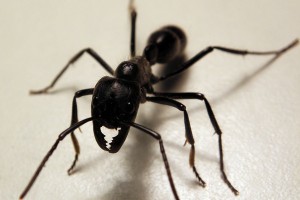In West Africa, the African oil palm has been cultivated for centuries. The plant was considered to be very useful, since it’s red oil-rich fruits can be used in a variety of products including soap, candle wax and engine lubricant. In the late 1840s, it played a key role in the British Industrial Revolution, and when it was discovered that the (west) African oil palm grew rather well in the hot, damp climates of the Far East, plantations began to spring up in Malaysia and Thailand. Palm oil is an extremely versatile vegetable oil; it is highly fractionable, meaning that it can be separated into many different products. On top of this, the oil palm is an extremely productive plant, producing 3.6 tonnes of palm oil per hectare; up to ten times more than other oil-producing crops such as rapeseed, sunflower or soyabean. Palm oil seemed to be an excellent choice of oil. Demand grew, and plantations spread into Malaysia and Indonesia in the 1930s. The oil palm is now grown on almost every continent on Earth, although the vast majority is still found in Southeast Asia.
When I was young, Pluto was still a planet and nine was my lucky number, so I really liked that we had nine planets in our solar system – it made it easy for me to remember. My love of astronomy out-lasted Pluto’s status as a planet, and as I write this I am actually wearing a solar system necklace; each planet is represented, yet it only has eight planets on it.





